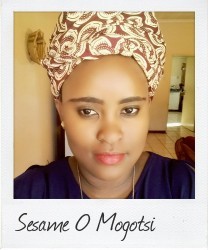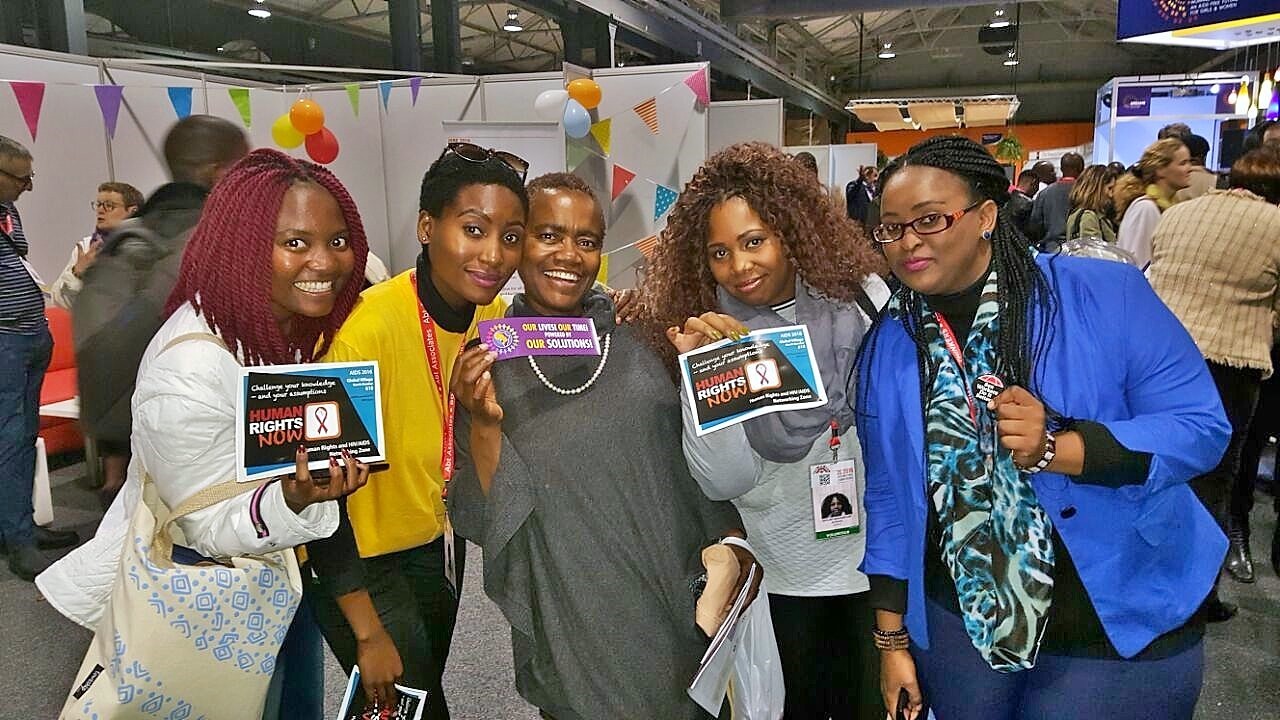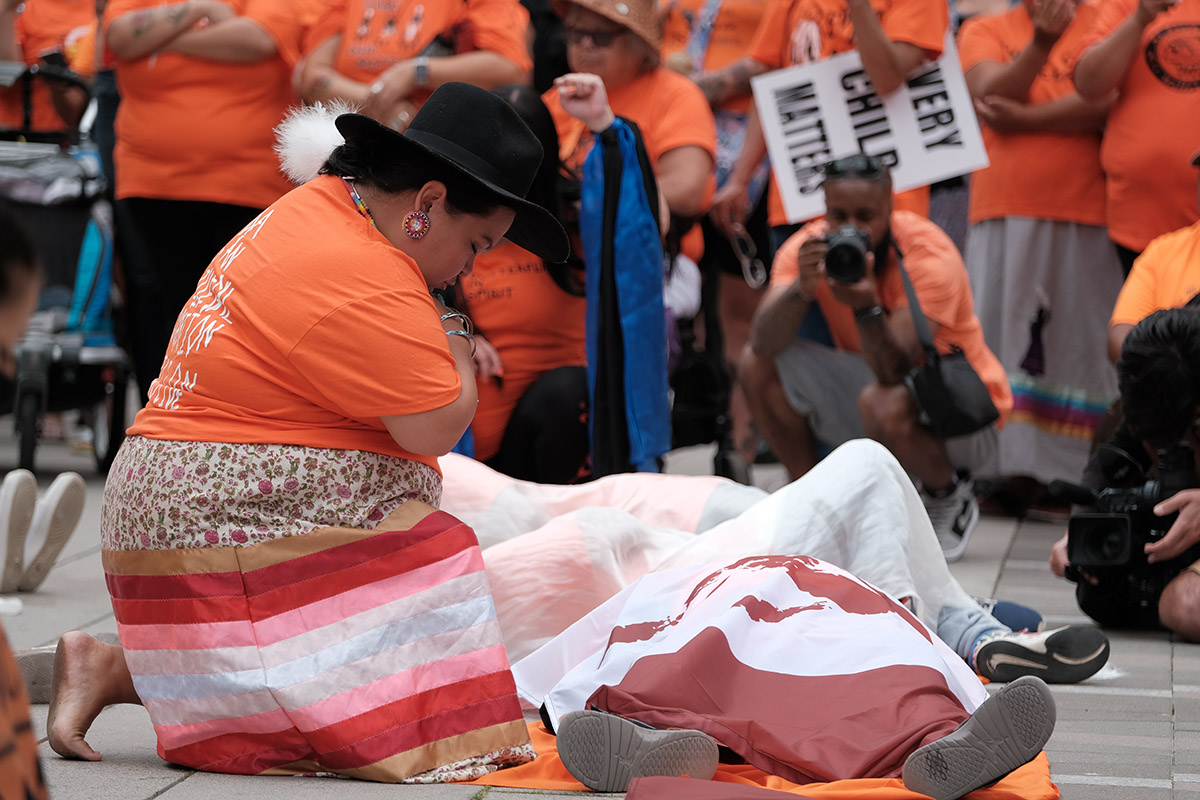“Self-testing to reach the 90-90-90 target”
December 14 Diagnosis is a crucial step in the battle against HIV/AIDS, but as Sesame O. Mogotsi, 24, a Correspondent from Gaborone in Botswana explains, there is some controversy over the best way to make that diagnosis.
Diagnosis is a crucial step in the battle against HIV/AIDS, but as Sesame O. Mogotsi, 24, a Correspondent from Gaborone in Botswana explains, there is some controversy over the best way to make that diagnosis.
It was World AIDS day and my Twitter feed was filled with people advocating for HIV testing and diagnosis. Some posted HIV self-test kits, which they deemed to be convenient and easy to use. But the claim was met with skepticism as some users commented “So what about counselling?” and “This test is for convenience but the results may be anything but…what then?”
One comment that caught my eye came from a user who asked if we ready for the deaths from suicide and passion killings should a person or one partner turn out to be positive.
On the other hand, there were comments from others who supported self-testing, claiming that it eliminates the fear and stigma attached to testing at a health centre.
All of this debate reminded me of similar discussions we had at the AIDS 2016 Conference in Durban, South Africa that I attended as a volunteer
AIDS 2016 was a premier gathering of scientists, activists and policy makers working in the field of HIV and committed to the fight against AIDS. The conference, which is held every two years, offers a chance to assess progress, evaluate scientific developments and lessons and collectively pave a way forward.
One of the perks of serving at this prestigious event was that I could attend the countless breakout sessions and engage in discussions. This was a great learning opportunity for a youth who is very much keen on the fight against HIV/AIDS and the promotion of Sexual and Reproductive Health Services/ Rights (SRHS/R).
One of the stumbling blocks to HIV response, according to numerous of the sessions, is poor testing coverage. HIV Self Testing (HIVST) was indicated as a viable approach to encourage HIV diagnosis and significantly close the treatment and survival gap, a contributory factor of a stronger AIDS response.
Although the self-test poses risks of unmanaged anxiety with possibilities for suicide and depression, the test is intended for those who wish to know their status. Whether one lives or dies should not be reliant on one’s access to an HIV test. The self-test kit allows people to know their status when and where they choose. I have personally evaded and procrastinated about taking a test because I believed I was too busy and didn’t really look forward to the pre- and post-counselling sessions. A self-test kit is a welcome addition in my bathroom cabinet.
According to the UNAIDS Gap Report, 19 million of the 35 million people living with HIV today do not know that they have the virus. They do not know their HIV status! Smarter scale up is indeed needed to close the gap. However, it is important to note that HIV testing should be voluntary and the right to refuse testing should be acknowledged.
Policy makers and implementers seem to be sanctioning the self-testing approach, and Rwanda recently joined the Sub-Saharan countries of Kenya, Nigeria, Zimbabwe, Zambia and Malawi utilising the kit. The three latter countries launched the HIV Self-Testing Africa (STAR) Initiative funded by Unitaid in 2015 as the first phase of the initiative. The STAR Initiative is set to expand to an additional three countries; South Africa, Lesotho and Swaziland in its second phase, according to an announcement at the 9th IAS (International AIDS Society) Conference on HIV Science 2017.
Demand for HIV self-testing kits will, not surprisingly, increase in the coming years, thus dropping prices and boosting scale-up of all available tests. Roughly 4.8 million self-testing kits will be distributed by 2020. Irrefutably, the self-testing approach will directly feed into reaching the United Nations 2020 treatment target.
Controversial as it is, the self-test approach gives hope of reaching groups that have been hard to involve, such as Sub-Saharan Africa men, who tend to have lower rates of HIV testing than women, sex workers and other vulnerable groups that have a difficult time accessing testing services and treatment due to legal and social issues.
Coming from a country that is ranked third highest in the world in terms of HIV prevalence, I am excited by the prospect of curbing new infections should we venture forward with this approach.
Some key facts from the WHO:
- HIV has claimed more than 35 million lives
- By the end of 2016, there were approximately 36.7 million people living with HIV
- 9 million people are on ART (antiretroviral treatment)
- An estimated number of 70% of people with HIV know their status
- To reach 90% (90-90-90 strategy), 7.5 million people need to access HIV testing services
Photo credit: Puni Sechele, PinnaLead, Sesame and volunteers at the AIDS 2016 Conference
…………………………………………………………………………………………………………………
About me: I am the Country Coordinator for the Commonwealth Youth Peace Ambassadors Network (CYPAN), responsible for overseeing operations and implementing network activities. I hold a Bachelor’s Degree in Political Science and Public Administration and am an Ashoka Changemakers Scholar 2016. I have keen interest in youth leadership, public policy, peace building and adolescent health. I am committed to solving problems bedeviling communities and look forward to a career in international development.
…………………………………………………………………………………………………………………
Opinions expressed in this article are those of the author and do not necessarily represent the views of the Commonwealth Youth Programme. Articles are published in a spirit of dialogue, respect and understanding. If you disagree, why not submit a response?
To learn more about becoming a Commonwealth Correspondent please visit: http://www.yourcommonwealth.org/submit-articles/
…………………………………………………………………………………………………………………




